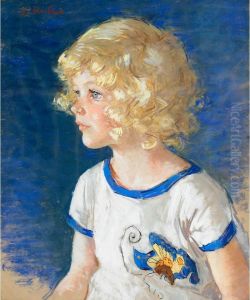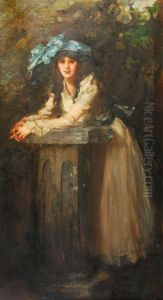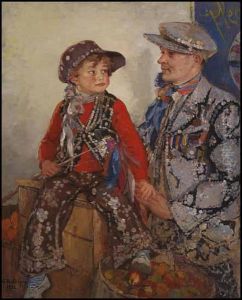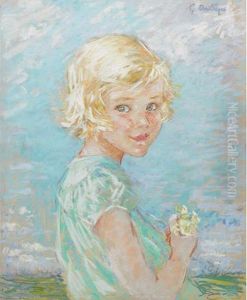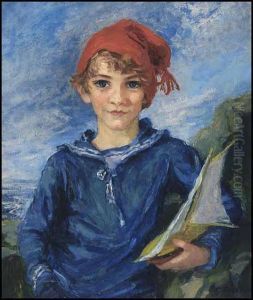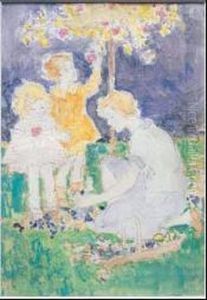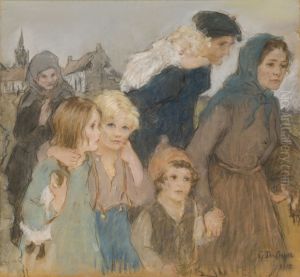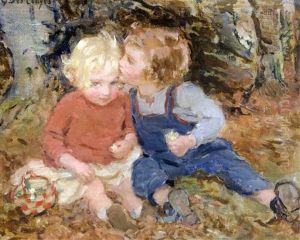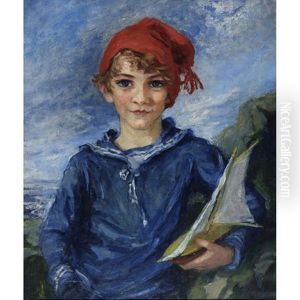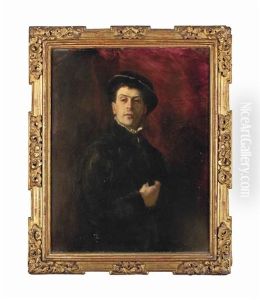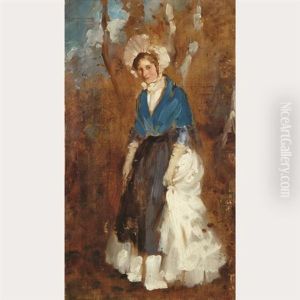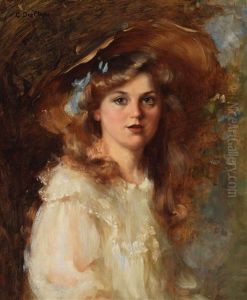Gertrude Des Clayes Paintings
Gertrude Des Clayes was a British-Canadian artist known for her landscape and portrait paintings. Born on September 7, 1879, in Aberdeen, Scotland, she was one of three sisters, all of whom became artists. Gertrude studied art at the Bushey School of Art in Hertfordshire, England, under the tutelage of Hubert von Herkomer, a prominent figure in the British art scene of the late 19th century. She furthered her education in London at the Royal Drawing Society, where she honed her skills in drawing and painting.
After her studies, Gertrude Des Clayes established herself in London, where she worked as an illustrator and painter. She exhibited her work at the Royal Academy and the Royal Scottish Academy, among other venues. Her early works were primarily portraits and figure studies, executed with a sensitivity to light and form that became characteristic of her style.
In 1912, Gertrude migrated to Canada with her sister Berthe. They settled in Montreal, where she quickly became an integral part of the burgeoning Canadian art scene. She taught at the Art Association of Montreal and was an active member of the Beaver Hall Group, a collective of artists known for their modern approach to painting and their contribution to early Canadian modernism. Gertrude's Canadian landscapes and portraits from this period reflect her embrace of her new surroundings and her maturation as an artist.
During her time in Canada, Des Clayes' work gained significant recognition. She won the Jessie Dow Prize for best painting at the Spring Exhibition of the Art Association of Montreal in 1920. Her Canadian landscapes, which often captured the unique light and expansive vistas of the Canadian countryside, were particularly praised for their vitality and impressionistic style.
Gertrude Des Clayes returned to England in the early 1930s due to family reasons, although she continued to exhibit her work in Canada. Her later years were marked by a quieter life devoted to painting, and she remained productive until her death on January 28, 1949, in London. Despite the geographical shifts in her life, her body of work remained consistent in its quality and continued to be informed by her keen observation of the natural world and the human figure.
Des Clayes left behind a rich legacy of artwork that is held in various public and private collections. Her contributions to Canadian art have been recognized posthumously, with her works being included in major exhibitions and retrospectives that celebrate the country's artistic heritage.


